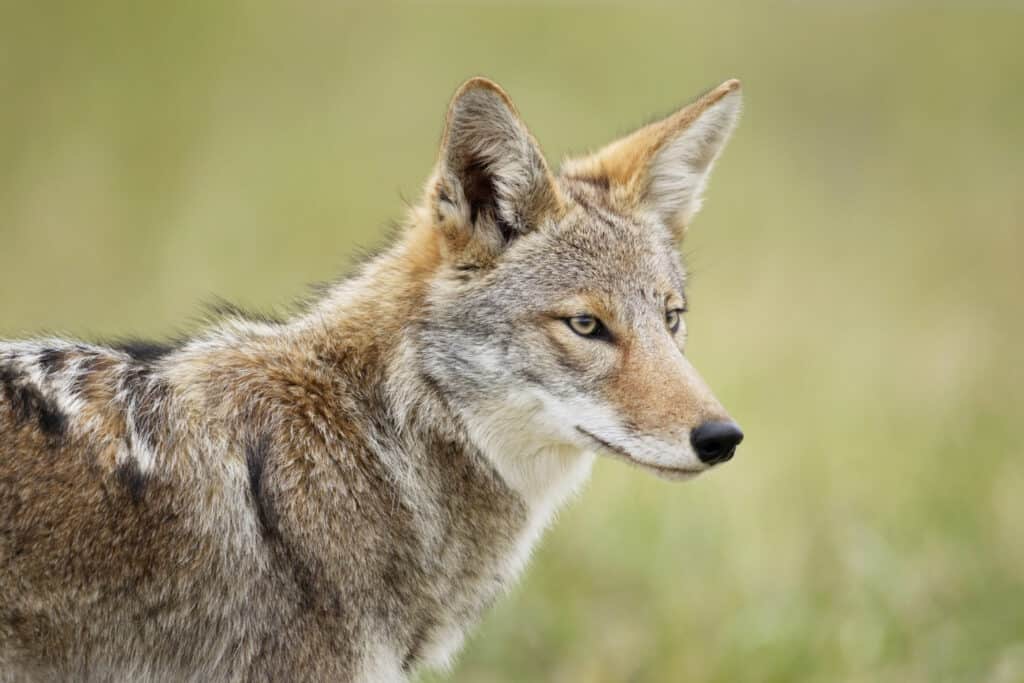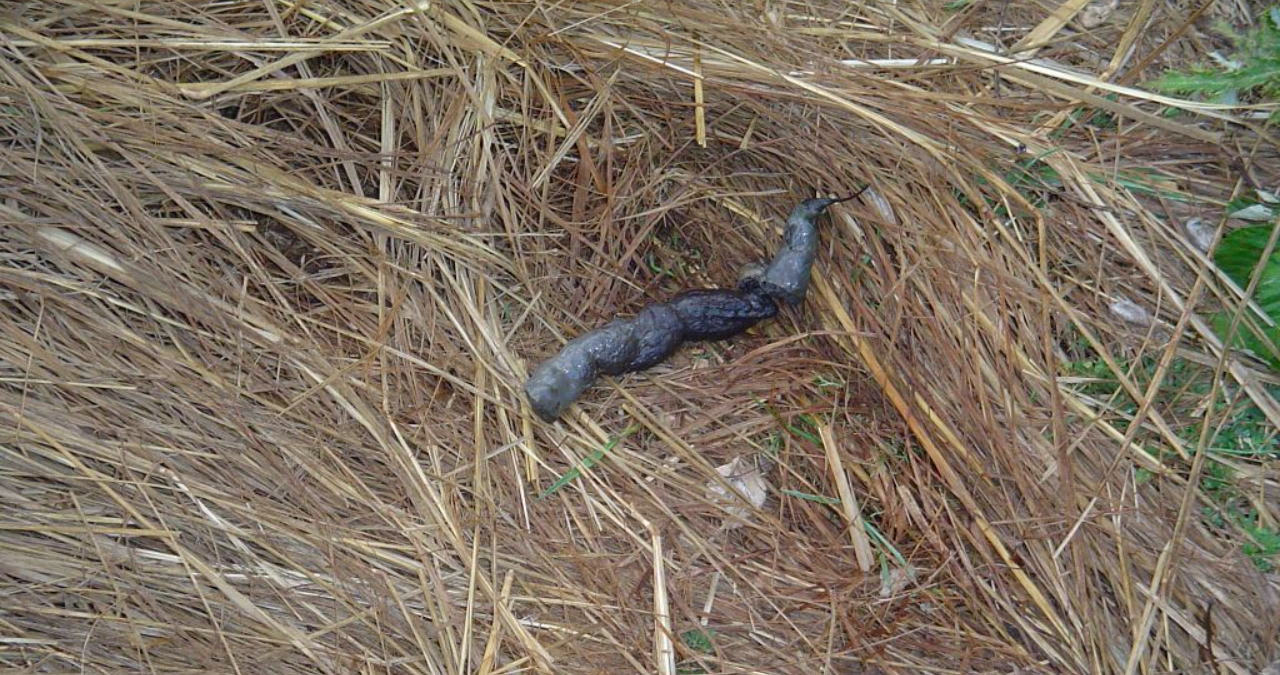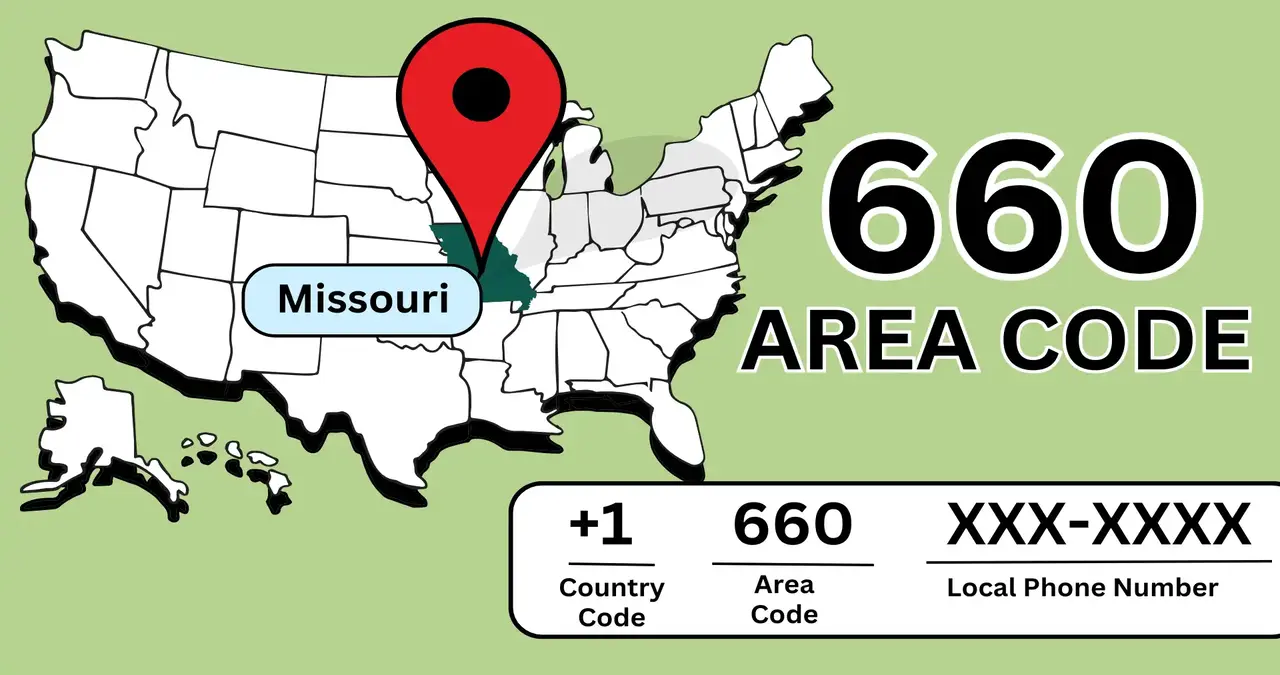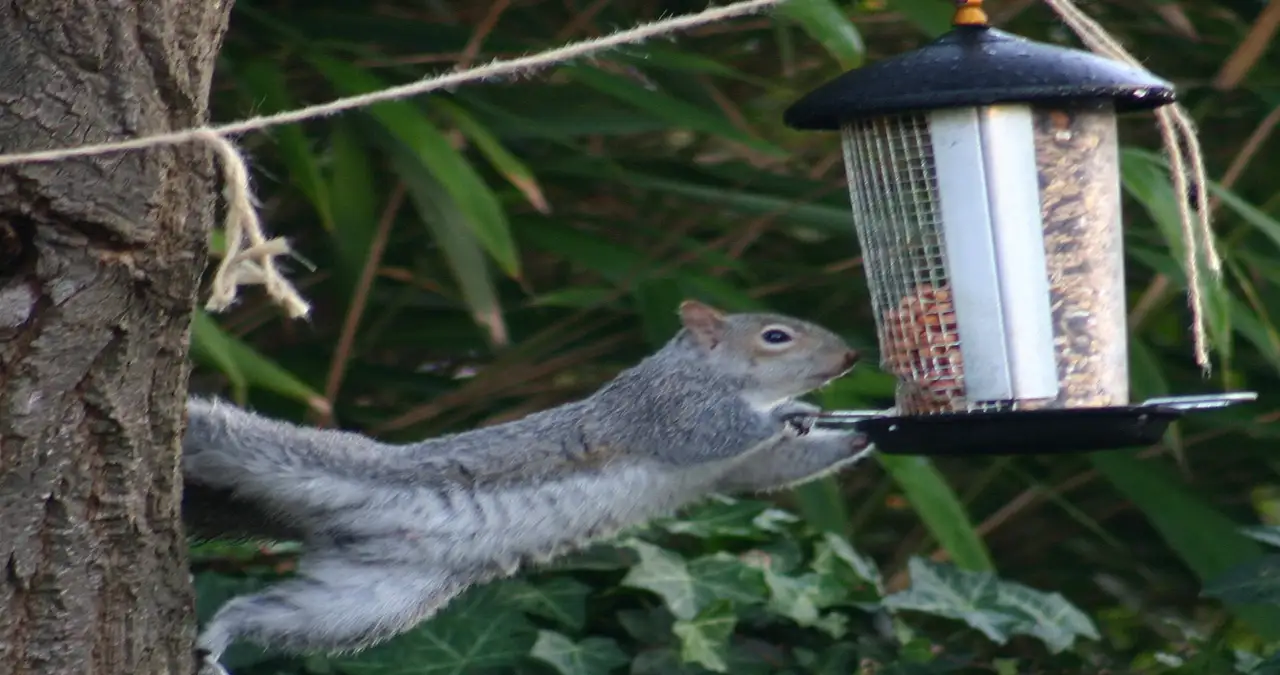Discover how to identify coyote poop, what it reveals about their habits, and tips for safety. Expert guide for nature enthusiasts and homeowners.
Understanding Coyote Poop: A Comprehensive Guide
Coyote poop is one of the most fascinating signs of wildlife you can encounter in the wild or even near your backyard. While many might feel uneasy at the thought of animal waste, studying coyote droppings can reveal a lot about their behavior, diet, and territorial patterns. For nature enthusiasts, hikers, and homeowners alike, recognizing coyote poop is essential for both curiosity and safety.
Coyotes are highly adaptable animals, and their droppings can be found in urban areas, forests, and desert landscapes. By understanding coyote poop, you can learn to identify their presence without direct sightings, making it an excellent tool for wildlife tracking.
What Does Coyote Poop Look Like?
Coyote poop can vary significantly depending on their diet, but there are some common characteristics to look for. Typically, coyote droppings are tubular in shape, often pointed at the ends, and tend to be darker than other canid droppings due to their high meat content. On average, they are smaller than wolf droppings but larger than domestic dog feces.
Color and texture are also important clues. Fresh coyote poop is usually dark brown or black and soft, while older droppings dry out and turn grayish. You might notice hair, bones, or even seeds within the feces, which can give insight into what the coyote has been eating.
Why Studying Coyote Poop Matters
Studying coyote poop is more than a curiosity; it’s a window into the life of these elusive predators. Tracking coyote droppings allows researchers and wildlife enthusiasts to understand population dynamics, hunting patterns, and territorial behavior.
For homeowners, understanding coyote poop can also be a safety measure. By identifying where coyotes are active, people can take precautions to protect pets and livestock. In many cases, recognizing coyote droppings is the first step in coexisting safely with wildlife.
Diet Insights from Coyote Droppings
Coyote poop is a direct reflection of what the animal has eaten recently. Coyotes are omnivores, which means their diet is varied and flexible. You may find evidence of small mammals like rabbits or rodents, birds, insects, fruits, berries, and occasionally human leftovers.
Analyzing droppings can help determine if coyotes are frequenting residential areas. For example, the presence of chicken feathers or other domestic animal remains may indicate that coyotes are preying on pets, which is a warning sign for homeowners to take action.
Identifying Coyote Territory Through Poop
Coyotes use their droppings to mark territory and communicate with other coyotes. These droppings are often placed on prominent surfaces like rocks, logs, or trail edges to send clear messages to rivals.
By mapping the location of coyote droppings, you can infer the boundaries of their territory and avoid inadvertently disturbing them. This behavior is similar to how wolves and foxes use scent marking, but coyote poop is more likely to be found in suburban and urban settings due to their adaptability.
How to Safely Handle and Examine Coyote Poop
While observing coyote droppings can be informative, it’s important to exercise caution. Coyote feces can carry parasites, bacteria, and pathogens that may be harmful to humans or pets. Always use gloves when handling droppings and avoid direct contact.
For those studying wildlife, taking photos and leaving the droppings undisturbed is often the safest approach. If collection is necessary for research, sealing the samples in airtight containers and disinfecting the surrounding area is recommended.
Seasonal Variations in Coyote Droppings
Coyote poop changes with the seasons, reflecting shifts in diet and environment. In spring and summer, you may notice more plant material like berries or fruit remnants. In fall and winter, the diet leans more heavily toward rodents and small mammals, making the droppings more dense and protein-rich.
These seasonal variations also help wildlife trackers predict coyote behavior. For example, denning season may result in droppings near family dens, while hunting season produces droppings along prey trails.
Distinguishing Coyote Poop from Other Animals
It’s easy to confuse coyote droppings with those of dogs, foxes, or even bobcats. There are subtle differences:
- Coyotes tend to leave droppings that are more segmented and tubular.
- Fox droppings are often smaller, with more plant matter.
- Domestic dogs’ feces are usually softer and lack the pointed ends typical of wild canids.
Creating a comparison chart can help:
| Animal | Shape | Size | Content | Location |
|---|---|---|---|---|
| Coyote | Tubular, pointed ends | Medium | Hair, bones, seeds | Trails, logs, rocks |
| Fox | Thin, tapered | Small | Seeds, berries | Forest edges |
| Dog | Rounded, uneven | Medium | Digestible food remnants | Anywhere |
Fun Facts About Coyote Poop

Coyote poop isn’t just informative; it’s also full of surprises. Here are some intriguing tidbits:
- Coyotes sometimes bury their droppings, a behavior believed to confuse predators.
- Some droppings contain undigested bones so sharp that they can be studied to learn about prey populations.
- Coyotes occasionally leave scat in conspicuous locations as a way of marking social status within their pack.
“Even in droppings, nature tells stories. Observing coyote poop can reveal the hidden life of the wild.”
Common Myths About Coyote Poop
There are plenty of myths surrounding coyote poop. One common misconception is that all wild canid feces are dangerous to touch. While caution is important, indirect observation is usually safe. Another myth is that coyote droppings indicate immediate danger. In reality, coyotes are generally wary of humans and are more likely to avoid conflict.
Debunking these myths helps people coexist with wildlife without unnecessary fear or harmful actions.
Practical Uses of Learning About Coyote Droppings
Understanding coyote droppings can benefit various groups:
- Wildlife trackers use scat analysis to monitor species populations.
- Farmers and ranchers identify predation risks and implement protective measures.
- Hikers and campers can anticipate wildlife encounters and plan safe routes.
By recognizing patterns in coyote droppings, you gain an informed perspective on local ecosystems.
FAQs About Coyote Poop
Q: Can coyote droppings harm humans?
A: Direct contact should be avoided as droppings may contain parasites and bacteria. Observing from a distance is safe.
Q: How can I tell if a coyote is nearby?
A: Frequent droppings, tracks, and howls at night are key indicators of coyote presence.
Q: What should I do if I find coyote poop near my home?
A: Avoid touching it, wear gloves if handling, and remove any attractants like pet food or trash.
Q: Do coyotes eat plants or only meat?
A: Coyotes are omnivores; their diet includes small mammals, insects, fruits, berries, and sometimes human food scraps.
Q: How often do coyotes leave droppings?
A: It varies, but active coyotes may leave multiple droppings along their territory in a single night.
Conclusion
Coyote poop may seem unpleasant at first glance, but it’s a fascinating tool for understanding wildlife. By learning to identify and interpret coyote droppings, you gain insight into diet, behavior, and territorial patterns while enhancing safety and coexistence. Observing wildlife responsibly, even through scat, offers a rare glimpse into the secretive world of these adaptable predators.




